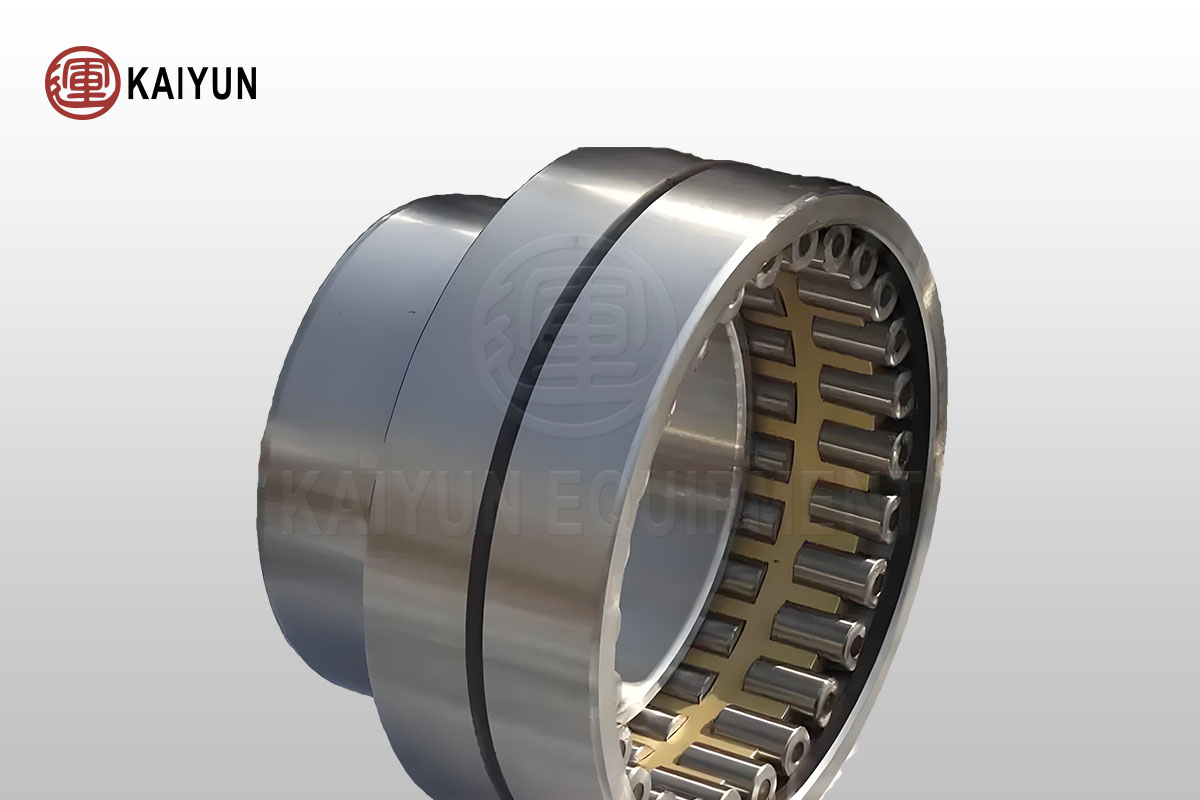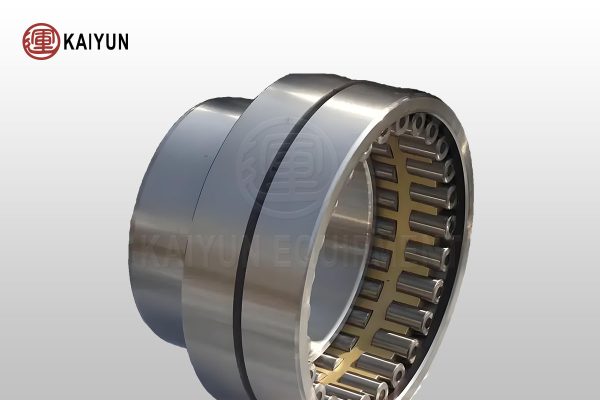Product Introduction
As an indispensable component of mechanical rotating parts, bearings primarily function to support the rotating shaft and reduce friction during movement, ensuring rotational precision and smoothness. A typical bearing consists of an inner ring, outer ring, rolling elements (such as balls or rollers), and a rolling element cage. The inner ring fits tightly onto the rotating shaft and rotates synchronously with it; the outer ring is fixed within the bearing housing. Both the inner and outer rings have raceways designed for the rolling elements to move along.
As the shaft rotates, the rolling elements roll along these raceways, while the cage ensures that the rolling elements do not come into direct contact with each other, reducing friction and improving operational efficiency.
Table of Contents

Core Advantages and Features
Low Friction and High Precision
Bearings significantly reduce friction between the rotating shaft and the bearing housing through the rolling elements moving along the raceways, while ensuring rotational precision and smoothness. This is crucial for the efficient operation of mechanical equipment.
Easy Maintenance
The design of bearings makes them easy to install and remove, facilitating routine inspections and maintenance, which reduces the complexity and cost of equipment upkeep.
Reliability and Start-Up Performance
Bearings offer excellent operational reliability, maintaining stable performance even at the moment of start-up. Especially at moderate speeds, bearings demonstrate high load-bearing capacity and operational efficiency.
Wide Adaptability
With a variety of types available, bearings can adapt to different working environments and rotational speeds. Whether for low-speed heavy loads or high-speed light loads, there is a suitable bearing type to choose from.
